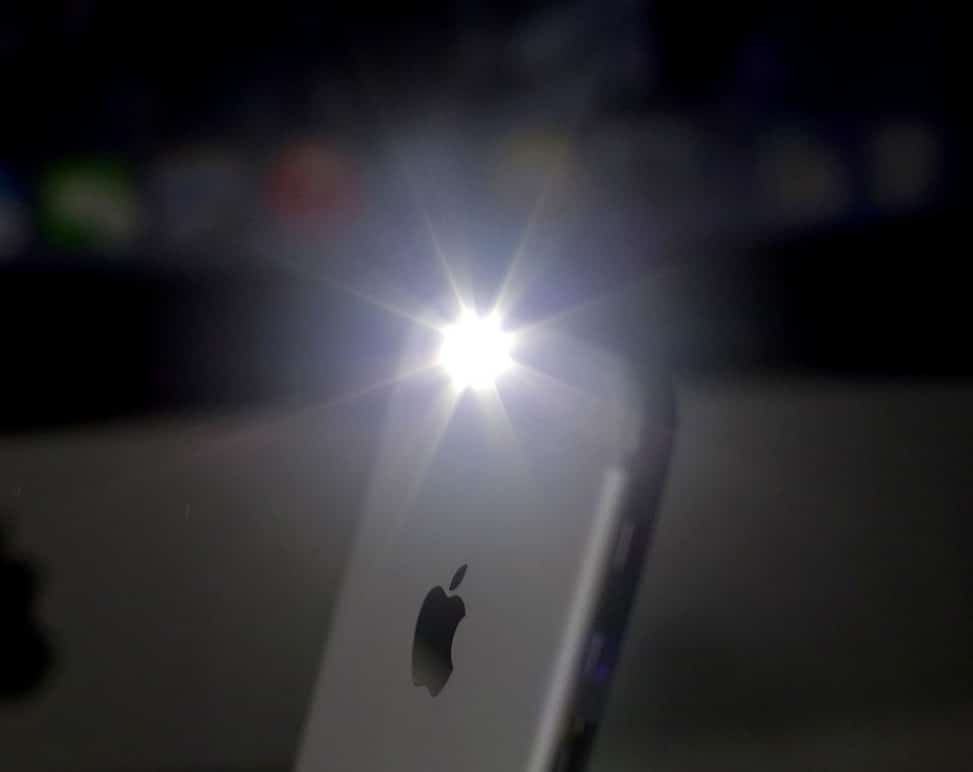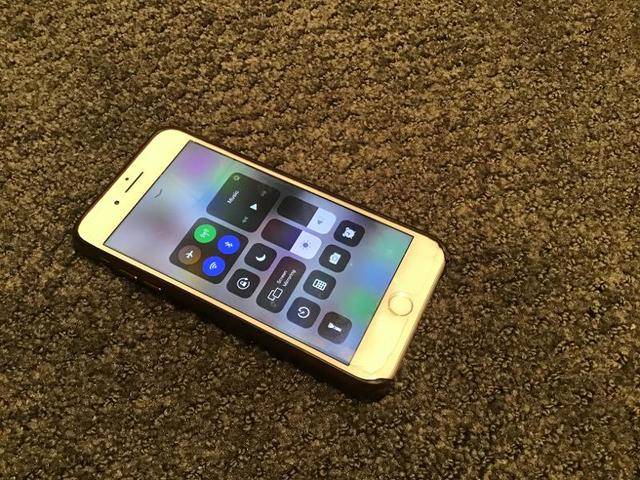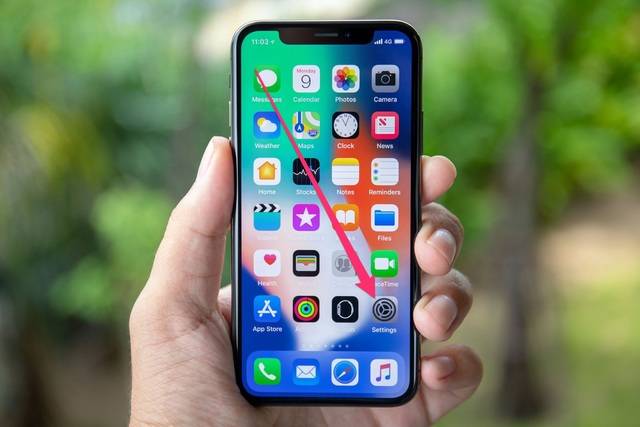Even the most cautious people do not walk around with a flashlight in their hands anymore, but nowadays, there is no need for that since our mobile phones now come with a decent in-built flashlight that gets the job done.
It might not be bright enough to fill a huge room with light, but an iPhone’s flashlight gives you enough light to help you locate that wallet you dropped, the key that is missing in the dark and the tiny words from the book you are reading. See How To Fix My iPhone Flashlight That Won’t Work?:
How Can I Troubleshoot My iPhone’s Flashlight?
If your iPhone flashlight is not working, no need to remain in the dark, you can fix your iPhone flashlight that won’t turn on by adhering to your instructions:
1. Charge Your iPhone
If your iPhone’s battery is set to run out, the flashlight might fail to work. This is especially true if your device is so warm or very cold, these are conditions that affect its normal function. Charge your iOS device, bring it down to an adequate temperature, and then try the flashlight again.
2. Close The Camera App
If your device’s camera application, the flashlight will not be able to take control of the LED. On an iPhone X or newer, scroll up and hold on the center of the display, then scroll up to exit the Camera app. On an iPhone 8 or older, click the home button twice then scroll up to exit the Camera app.
3. Restart Your iPhone
You Might Also Want To Read: How To Watch Amazon Prime On Your iPhone?
Powering your iPhone off and on again might refresh the software and bring back the flashlight. Hold the Sleep/Wake button on your iOS device until the Slide to power off” option is visible and shut the device down, or perform a force restart.
4. Reset Your iPhone Settings
You Might Also Want To Read- How To Disable Read Receipts On Your iPhone?
If a simple restart fails to get the job done, reset your device’s settings. No data, picture e.t.c, will be lost, but you might need to reset your wallpaper, alarms and other basics. Just open the “Settings” app, then click “General.” Click “Reset,” and then “Reset All Settings.” Click “Confirm.”
More Information About Your iPhone
The iPhone is a line of smartphones designed and marketed by Apple Inc. All generations of the iPhone use Apple’s iOS mobile operating system software. The first-generation iPhone was released on June 29, 2007, and multiple new hardware iterations with new iOS releases have been released since.
The user interface is built around the device’s multi-touch screen, including a virtual keyboard. The iPhone has Wi-Fi and can connect to cellular networks. An iPhone can take photos, play music, send and receive email, browse the web, send and receive text messages, record notes, perform mathematical calculations, and receive visual voicemail. Shooting video also became a standard feature with the iPhone 3GS. Other functionality, such as video games, reference works, and social networking, can be enabled by downloading mobile apps. As of January 2017, Apple’s App Store contained more than 2.2 million applications available for the iPhone.
Apple has released twelve generations of iPhone models, each accompanied by one of the twelve major releases of the iOS operating system. The first-generation iPhone was a GSM phone and established design precedents, such as a button placement that has persisted throughout all releases and a screen size maintained for the next four iterations. The iPhone 3G added 3G network support, and was followed by the iPhone 3GS with improved hardware, the iPhone 4 with a metal chassis, higher display resolution and front-facing camera, and the iPhone 4S with improved hardware and the voice assistant Siri. The iPhone 5 featured a taller, 4-inch display and Apple’s newly introduced Lightning connector. In 2013, Apple released the iPhone 5S with improved hardware and a fingerprint reader, and the lower-cost iPhone 5C, a version of the 5 with colored plastic casings instead of metal.
They were followed by the larger iPhone 6 and iPhone 6 Plus, with models featuring 4.7-and-5.5-inch (120 and 140 mm) displays. The iPhone 6S was introduced the following year, which featured hardware upgrades and support for pressure-sensitive touch inputs, as well as the iPhone SE—which featured hardware from the 6S but the smaller form factor of the 5S. In 2016, Apple unveiled the iPhone 7 and iPhone 7 Plus, which add water resistance, improved system and graphics performance, a new rear dual-camera setup on the Plus model, and new color options, while removing the 3.5 mm headphone jack found on previous models.
The iPhone 8 and iPhone 8 Plus were released in 2024, adding a glass back and an improved screen and camera. The iPhone X was released alongside the iPhone 8 and iPhone 8 Plus, with its highlights being a near bezel-less design, an improved camera and a new facial recognition system, named Face ID, but having no home button, and therefore, no Touch ID. In September 2018, Apple again released 3 new iPhones, which are the iPhone XS, an upgraded version of the since discontinued iPhone X, iPhone XS Max, a larger variant with the series’ biggest display as of 2018 and iPhone XR, a lower end version of the iPhone X.
The first-generation iPhone was described as “revolutionary” and a “game-changer” for the mobile phone industry. Subsequent iterations of the iPhone have also garnered praise. The iPhone is one of the most widely used smartphones in the world, and its success has been credited with helping Apple become one of the world’s most valuable publicly traded companies.
As of November 1, 2018, a total of more than 2.2 billion iPhones had been sold.



